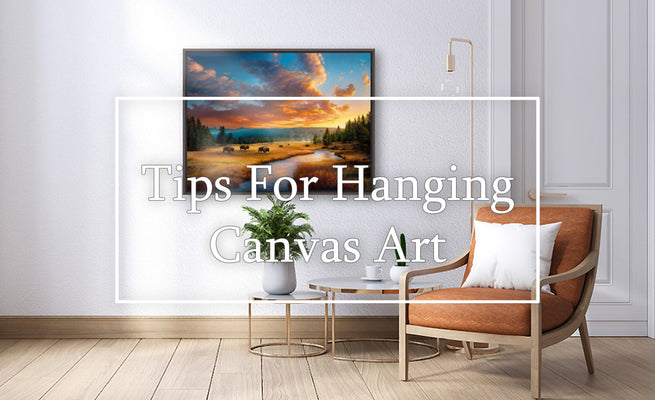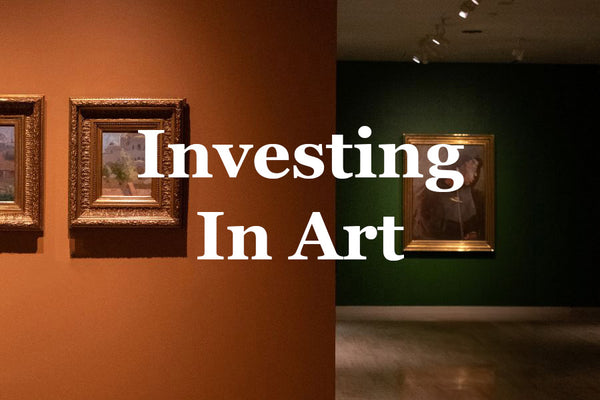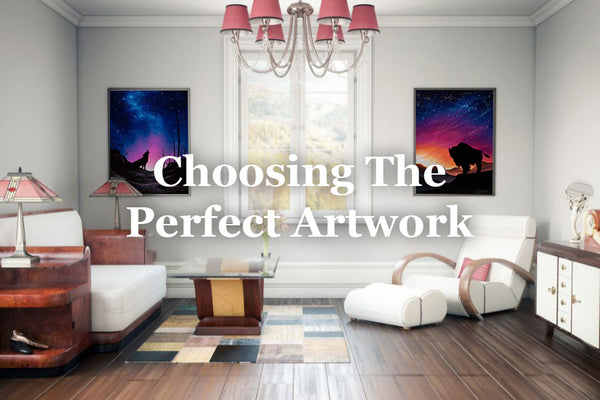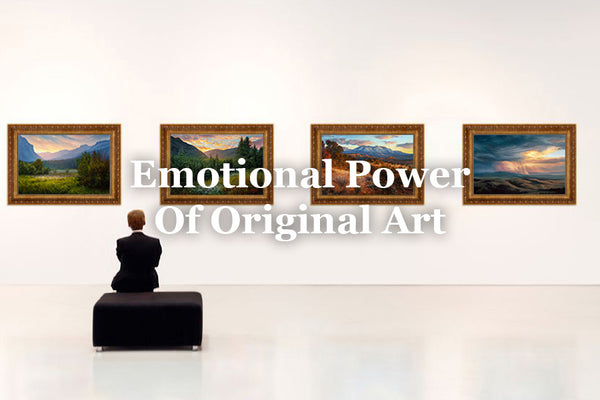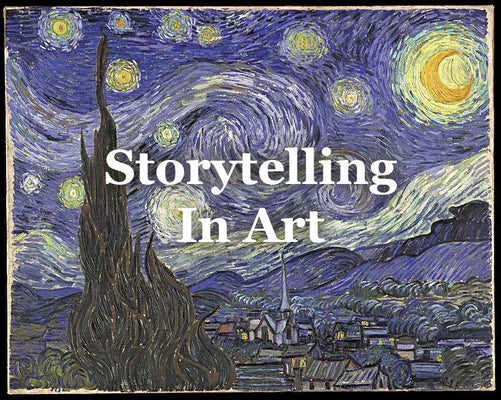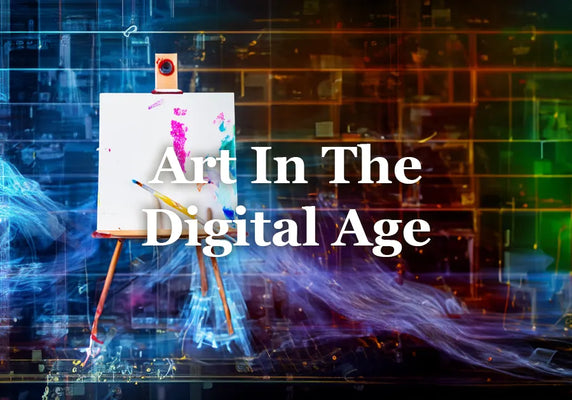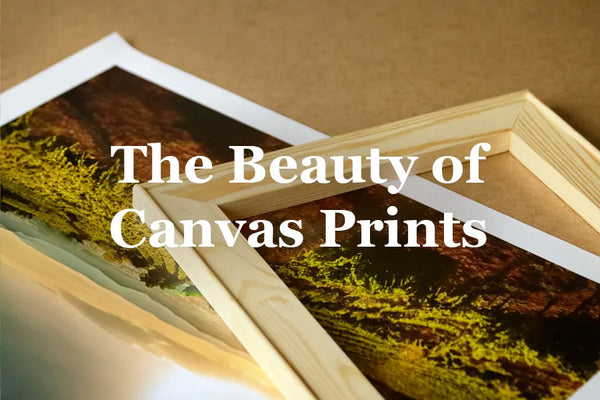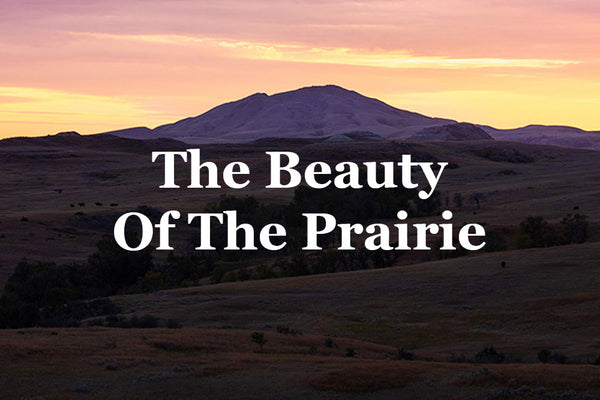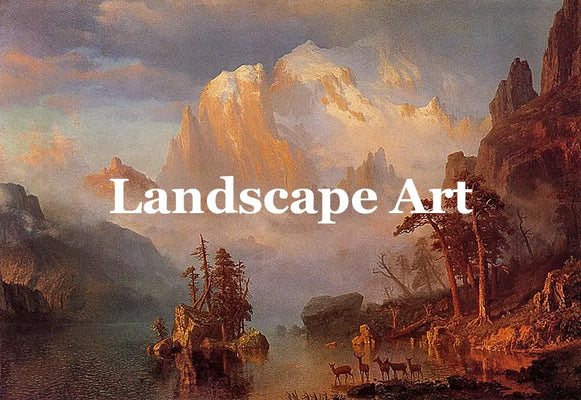Investing in art has long been a source of fascination and potential reward. From devout art collectors to those newly interested in the financial aspect of art, there are various paths to explore in this realm. Let's discuss both traditional and modern ways to invest in art and the importance of looking for hidden opportunities, especially in unknown artists.

Traditional Ways of Art Investment
1. Art Galleries and Auctions
The classical approach to art investment often begins at art galleries and auction houses. These physical locations are where you can view, assess, and purchase original artwork. By visiting galleries and attending auctions, you can engage with the art community, learn about various artists, and discover pieces that resonate with you. It provides an opportunity to see the artwork up close and interact with knowledgeable experts who can guide you in making informed investment decisions. The best way to explore this option is to start looking around your local area for reputable galleries in the genre that appeals to you and stop in to say hi.

2. Art Funds
Art funds are also a form of traditional art investing, where multiple investors pool resources to buy and manage a collection of artworks. Managed by professionals, these funds enable investors to benefit from the art market's growth without actually owning individual pieces. It provides a financially-focused investment approach, leveraging expert insights to navigate the art market's complexities while minimizing the risk for the individual investor. A couple examples of art funds would be Fine Art Group and Artemundi Global Fund.

3. Private Dealers
Investing through private dealers has long been a favored method for art collectors. Private dealers offer personalized services, curated selections, and inside knowledge of the art market. A good dealer will have the expertise for tailored investment strategies and exclusive access to artworks not available to the general public. Finding a reputable private dealer to help guide you can lead to a special experience through your art investments. You can find a private art dealer by researching online, seeking recommendations from other collectors, attending art shows, or contacting art galleries and auction houses that specialize in the type of art you're interested in.
Modern Ways of Art Investment
Online Art Platforms
The integration of technology and art offers a more accessible and diverse approach to investing. This new era has brought about platforms like masterworks.com, combining online art investing with, in a sense, a form of crowdfunding specifically tailored to the investment world. Essentially, they purchase famous artworks and allow investors to buy shares in those pieces, similar to how stocks are bought and sold. These new-emerging platforms provide access to an expansive array of art, including opportunities to invest in specific projects or artists, even with smaller capital.
Investment in Emerging Artists
This might not necessarily be as modern as the others, but the rise of internet has made investing in emerging artists more accessible than ever. By utilizing online resources and social networks, investors can uncover promising talents whose works have not yet reached peak recognition. This strategy offers an exciting opportunity to not only potentially yielding significant financial gains, but to be part of an artist's journey and their growth through the years.

Why Consider Unknown Artists?
Investing in renowned artists can be a solid path, but the pursuit of emerging artists can be equally, if not more, rewarding. This approach aligns with a broader investment strategy, where uncovering higher-risk, higher-reward investments for a small allocation of your portfolio can be a fun and great way to diversify. Here's why you might want to direct your attention to unknown artists:
- High Reward Potential: The art market often follows trends, and identifying talents before they become mainstream can lead to significant appreciation in the value of their work.
- Creative Innovation: Up-and-coming artists are likely to offer fresh perspectives and innovative techniques that can resonate with investors looking for something unique and different.
- Emotional Connection: Investing in an unknown artist allows for a more personal connection to the work. You're not just investing in a piece of art, but in the artist's vision and perspective on the world. Because investing this way often involves buying from the artist directly, you foster a personal relationship with them and a better understanding of their artwork.
- Affordability: Unknown artists' works are often more affordable compared to established names. This provides an entry point for new investors or those looking to expand their portfolio without laying down significant capital.
- Supporting New Talent: By investing in lesser-known, rising artists, you are directly contributing to their career development, enabling them to continue creating and evolving with their artistic journey. Your investment might be the stepping stone they need to become the next big name in the art world.
 Plein air painting by artist Chuck Black
Plein air painting by artist Chuck Black
Balancing Risk and Reward
Just like any investment, art comes with its risks and rewards. Conducting proper research, understanding the market trends, and diversifying your portfolio are vital steps in the process. Seek professional guidance if needed, and remember that art investment doesn't have to be only about financial returns. The joy of owning and appreciating art adds a unique value to this investment. I have an entire article about the emotional value of original paintings.
 "Blissful Solitude" by artist Chuck Black
"Blissful Solitude" by artist Chuck Black
Final Thoughts
Art investment has definitely evolved over the years, especially over the last 10, offering various new avenues to explore. Whether you're drawn to the classic approach of galleries and auctions or excited by the innovations of platforms like Masterworks, there's a path that suits everyone.
For those looking for more exciting and potentially rewarding opportunities, consider exploring unknown artists. This approach can be an enriching part of any investment portfolio. Investing in art is not just about financial gain; it's about fostering creativity, supporting talent, and forming a connection with the greater art community.



